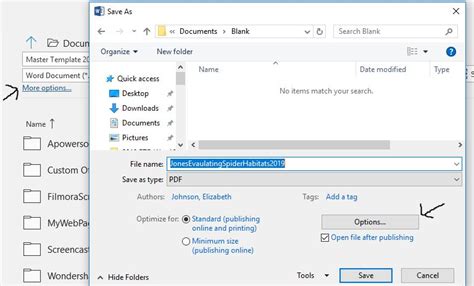How to Save a Picture as a PDF: A Simple Guide
Saving a picture as a PDF might seem like a simple task, but knowing the best method for your specific situation can make a big difference. This guide covers various methods, ensuring you can efficiently convert your images into PDFs regardless of your operating system or software. We'll cover techniques for both single images and batches of pictures, optimizing for quality and file size.
Why Save an Image as a PDF?
Before diving into the methods, let's understand why you might want to save an image as a PDF. PDFs offer several advantages:
- Preservation of Image Quality: PDFs maintain the original image quality better than other formats during sharing and printing.
- Security: PDFs allow for password protection, preventing unauthorized access or modification.
- Portability: PDFs are universally compatible, easily shared and opened across different devices and operating systems.
- Professionalism: Using PDFs for image delivery often projects a more polished and professional image.
- Multi-Page Documents: Easily combine multiple images into a single, multi-page PDF document.
Method 1: Using the Print Function (Windows & macOS)
This is perhaps the easiest method and works across most operating systems.
Steps:
- Open the image: Locate and open the image file you want to convert.
- Access the Print function: Press
Ctrl+P(Windows) orCmd+P(macOS). - Select PDF printer: In the printer options, choose "Save as PDF" or a similar option. The exact wording depends on your operating system and installed printer drivers. Look for options like "Microsoft Print to PDF" (Windows) or "Save as PDF" (macOS).
- Save the file: Choose a location and file name for your new PDF, and click "Save."
Pros: Simple and readily available on most systems. Cons: Less control over PDF settings; not ideal for batch processing.
Method 2: Using Preview (macOS)
macOS users have a built-in advantage with Preview.
Steps:
- Open the image in Preview: Double-click your image file to open it in Preview.
- Export as PDF: Go to
File>Export as PDF. - Choose a location and name: Select your desired save location and file name. Click "Save."
Pros: Simple, fast, and built-in to macOS. Cons: Only works for macOS.
Method 3: Using Online Converters
Numerous free online converters are available. Simply search for "image to PDF converter" on Google. Caution: Be mindful of the security implications when uploading your images to online services. Only use reputable websites.
Pros: Convenient for single image conversions, often accessible on any device with internet access. Cons: Relies on internet connection; potential security risks; may not be ideal for large files or batch conversions.
Method 4: Using Dedicated Software (Adobe Acrobat, etc.)
For more advanced features and batch processing capabilities, consider using dedicated software like Adobe Acrobat. However, these programs are often paid software.
Pros: Offers extensive control over PDF settings, batch processing capabilities, and advanced features. Cons: Usually requires a paid subscription.
Optimizing Your PDF for Size and Quality
Regardless of the method you choose, consider these tips for optimizing your PDF:
- Image Resolution: Use a resolution appropriate for your intended use. High-resolution images create larger file sizes.
- Compression: Many PDF creation tools offer compression options. Experiment to find the best balance between file size and image quality.
By following these methods, you can easily save your pictures as PDFs, ensuring optimal quality and compatibility. Remember to choose the method that best suits your needs and technical skills.
